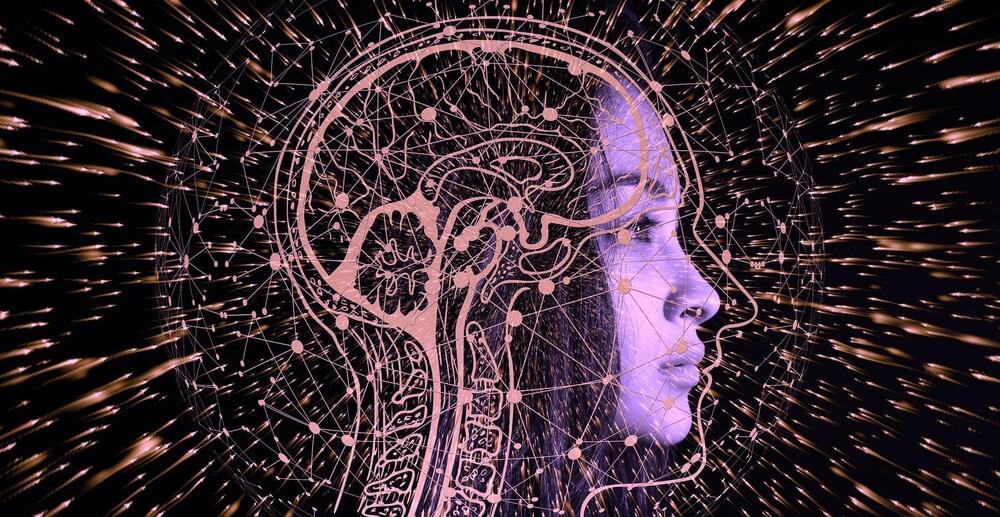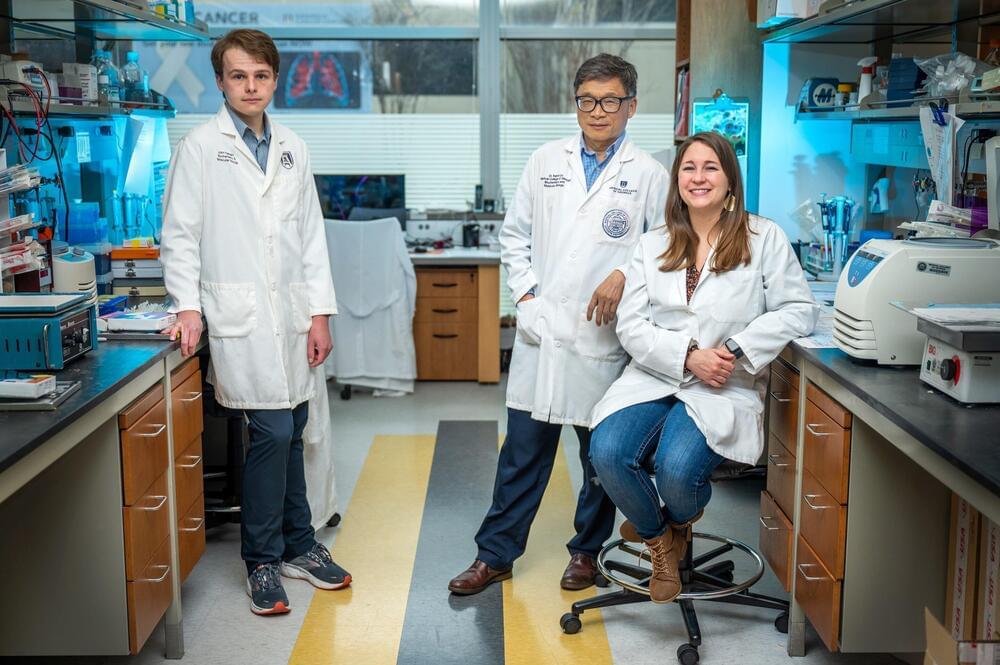Credit: Pixabay.
“Observer,” a thriller co-written by the scientist Robert Lanza and the leading sci-fi writer Nancy Kress, looks towards quantum physics and beyond in a provocative story of a brilliant neurosurgeon.

The Twilight Zone (1985) is a television science fiction anthology series. It recreated some of the episodes from the original series and created some new ones too. The series contains ironic or special situations with a twist at the end, which show the human nature, coupled with science fiction, horror or fantasy. This new series included such famous directors as Wes Craven, Joe Dante, John Milius, and William Friedkin along with writers such as Stephen King, Harlan Ellison, Roger Zelazny, J. Michael Straczynski, Rockne S. O’Bannon, Theodore Sturgeon, Ray Bradbury, George Clayton Johnson, and even an original outline by Rod Serling.
Facebook Page:
https://www.facebook.com/TheTwilightZone1985
Ambassador Dr. John-Arne Røttingen, MD, Ph.D. (https://www.bsg.ox.ac.uk/people/john-arne-rottingen) is Ambassador for Global Health, at the Ministry of Foreign Affairs, Norway, and a Visiting Fellow of Practice, at the Blavatnik School of Government, Oxford University.
Ambassador Dr. Røttingen has previously served as the Chief Executive of the Research Council of Norway; the founding Chief Executive Officer of the Coalition for Epidemic Preparedness Innovations (CEPI); Executive Director of Infection Control and Environmental Health at the Norwegian Institute of Public Health; founding Chief Executive of the Norwegian Knowledge Centre for the Health Services; Professor of Health Policy at the Department of Health Management and Health Economics, Institute of Health and Society, University of Oslo; and Adjunct Professor at the Department of Global Health and Population, Harvard T.H. Chan School of Public Health.
From 2020, Ambassador Dr. Røttingen also chaired the Executive Group and the International Steering Committee of the WHO Solidarity trial to compare four untested treatments for hospitalized people with severe COVID-19 illness. In early 2021, he was appointed by the G20 to the High Level Independent Panel (HLIP) on financing the global commons for pandemic preparedness and response. That same year, he was also appointed to the Pandemic Preparedness Partnership (PPP), an expert group chaired to advise the G7 presidency. From mid-2021, he was part of the Access to COVID-19 Tools Accelerator’s Vaccine Manufacturing Working Group.
Ambassador Dr. Røttingen received his MD and Ph.D. from the University of Oslo, an MSc from Oxford University and an MPA from Harvard University.

Cancer that has spread to areas like the lungs can apply the brakes to a natural pathway that should recruit killer T cells directly to where it has metastasized, scientists report.
That newly found strategy used by tumors that have spread—and are consequently more deadly—may help explain why sometimes promising immunotherapies designed to help the immune system kill cancer don’t, says Kebin Liu, Ph.D., cancer immunologist in the Department of Biochemistry and Molecular Biology at the Medical College of Georgia.
It also may mean an additional therapeutic maneuver is needed to stop some tumors, which often are diagnosed after they have spread, says Liu, corresponding author of the study in the journal Cancer Cell.

The ability to learn and form memories allows animals to adapt their behavior based on previous experiences. Associative learning, the process through which organisms learn about the relationship between two distinct events, has been extensively studied in various animal taxa. However, the existence of associative learning, prior to the emergence of centralized nervous systems in bilaterian animals, remains unclear. Cnidarians such as sea anemones or jellyfish possess a nerve net, which lacks centralization. As the sister group to bilaterians, they are particularly well suited for studying the evolution of nervous system functions. Here, we probe the capacity of the starlet sea anemone Nematostella vectensis to form associative memories by using a classical conditioning approach. We developed a protocol combining light as the conditioned stimulus with an electric shock as the aversive unconditioned stimulus. After repetitive training, animals exhibited a conditioned response to light alone—indicating that they learned the association. In contrast, all control conditions did not form associative memories. Besides shedding light on an aspect of cnidarian behavior, these results root associative learning before the emergence of NS centralization in the metazoan lineage and raise fundamental questions about the origin and evolution of cognition in brainless animals.
The Near–Ultrasound Invisible Trojan, or NUIT, was developed by a team of researchers from the University of Texas at San Antonio and the University of Colorado Colorado Springs as a technique to secretly convey harmful orders to voice assistants on smartphones and smart speakers.
If you watch videos on YouTube on your smart TV, then that television must have a speaker, right? According to Guinevere Chen, associate professor and co-author of the NUIT article, “the sound of NUIT harmful orders will [be] inaudible, and it may attack your mobile phone as well as connect with your Google Assistant or Alexa devices.” “That may also happen in Zooms during meetings. During the meeting, if someone were to unmute themself, they would be able to implant the attack signal that would allow them to hack your phone, which was placed next to your computer.
The attack works by playing sounds close to but not exactly at ultrasonic frequencies, so they may still be replayed by off-the-shelf hardware, using a speaker, either the one already built into the target device or anything nearby. If the first malicious instruction is to mute the device’s answers, then subsequent actions, such as opening a door or disabling an alarm system, may be initiated without warning if the first command was to silence the device in the first place.
The social media behemoth Twitter was recently dealt a significant setback when significant portions of its source code were published online and made public. The corporation proceeded promptly to notify GitHub, an online collaboration platform for software engineers, of a copyright violation in order to get the stolen code removed from the site. It is not known how long the code had been available online, although it seems to have been accessible to the public for a number of months.
Twitter has filed a petition with the United States District Court for the Northern District of California requesting that the court require GitHub to disclose the identity of the individual who is responsible for spreading the code as well as any other users that downloaded it.
According to two sources who have been informed on the internal probe, “Twitter initiated an investigation into the leak, and officials handling the subject have guessed that whomever was involved departed the San Francisco-based firm last year.”
A serious flaw has been found in WooCommerce, a popular plug-in for managing online businesses that are built on the WordPress platform. This flaw might enable cybercriminals to take control of websites. Nevertheless, the WooCommerce team has provided fixes, and attackers are able to reverse-engineer the patch. Technical specifics concerning the vulnerability have not yet been disclosed. There are presently approximately 500,000 active installations of the WooCommerce Payments plug-in, which is the component that includes the vulnerability. The creators of WooCommerce have stated that managed WordPress hosting providers such as WordPress.com, Pressable, and WPVIP have automatically updated websites that are hosted on their platforms. But, if the other websites don’t already have automatic updates turned on, the administrators of those websites should immediately apply the update that is specific to their version.
Any versions of WooCommerce Payments that were created after 4.8.0, which was published at the end of September, are susceptible to the vulnerability. The following updated versions were made available by Automattic: 4.8.2, 4.9.1, 5.0.4, 5.1.3, 5.2.2, 5.3.1, 5.4.1, 5.5.2 and 5.6.2.
As soon as a patched version of WooCommerce has been installed, administrators of websites using WooCommerce should verify their sites for any unusual admin users or postings. The creators of WooCommerce suggest that, in the event that suspicious behavior is discovered on a website, the passwords of all administrative users on the site be changed, in addition to any API credentials for WooCommerce and payment gateways.

On the third day of the Pwn2Own hacking contest, security researchers were awarded $185,000 after demonstrating 5 zero-day exploits targeting Windows 11, Ubuntu Desktop, and the VMware Workstation virtualization software.
The highlight of the day was the Ubuntu Desktop operating system getting hacked three times by three different teams, although one of them was a collision with the exploit being previously known.
The three working Ubuntu zero-day were demoed by Kyle Zeng of ASU SEFCOM (a double free bug), Mingi Cho of Theori (a Use-After-Free vulnerability), and Bien Pham (@bienpnn) of Qrious Security.
